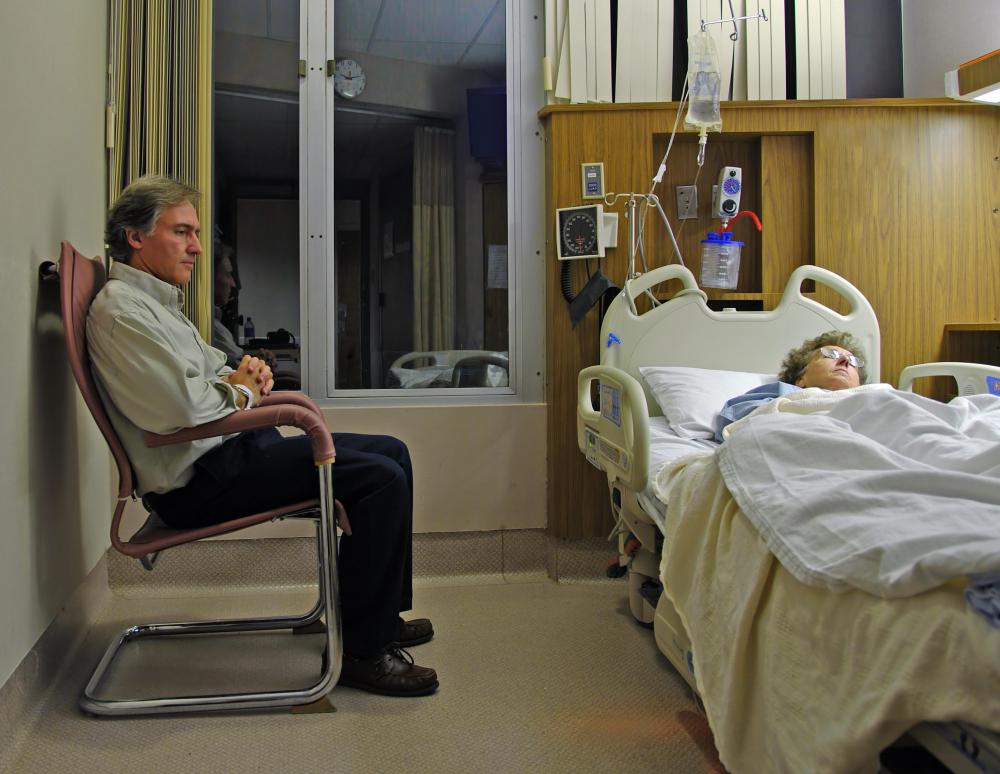At WiseGEEK, we're committed to delivering accurate, trustworthy information. Our expert-authored content is rigorously fact-checked and sourced from credible authorities. Discover how we uphold the highest standards in providing you with reliable knowledge.
What is a Fat Embolism?
A fat embolism is a potentially fatal condition in which fat enters the blood stream, usually as a result of physical trauma. This embolism occurs when fat macro globules are introduced to the lungs. The fat may enter the circulatory system, and therefore the lungs, as a complication in surgery or other types of physical trauma such as bone fracture or childbirth. Severe burns, diabetes mellitus and pancreatitis may also result in a fat embolism.
A fat embolism is a type of pulmonary embolism. A pulmonary embolism is defined as a blockage of the arteries in the lungs caused by a substance carried through the blood stream. Other forms of pulmonary embolism include blood clot embolism, air embolism and amniotic fluid embolism.

One of two predominant theories about the cause of a fat embolism holds that fat enters the circulatory system from fatty bone marrow. This explains why fat embolisms occur most often after fractures and surgeries that involve bone cutting. The second theory is that circulating free fatty acids, combined with shock, blood infection or blood loss which reduce liver function, are toxic to the lung tissue. Some authorities contend this toxicity is the primary cause of fat embolism.
Typically, an embolism occurs in one isolated area due to a rogue blood clot. Instances of fat emboli tend to be many and small. For this reason, a variety of symptoms may be present.

Fat embolism syndrome (FES) sometimes results from a fat embolism. FES symptoms usually present about 12-48 hours after the injury. These symptoms may include shortness of breath, coma, delirium or rash. Occasionally, immediate and severe symptoms occur, such as respiratory failure, and can lead to death within a few hours. Unfortunately, FES is fatal in about 70% to 90% of cases.

Although there is no guaranteed benefit, the risk of FES may be reduced by implementing certain measures. For example, the speed in which a fracture is treated may play a part in the risk of developing FES. Under this theory, quick medical attention in getting the fracture set may lessen the risk. Reducing the amount of time the broken bone is able to move around means that the bone marrow is more likely to be inhibited from entering the circulatory system. Steroid prophylaxis is also thought to reduce the occurrence of FES when given to high-risk patients.
AS FEATURED ON:
AS FEATURED ON:















Discuss this Article
Post your comments